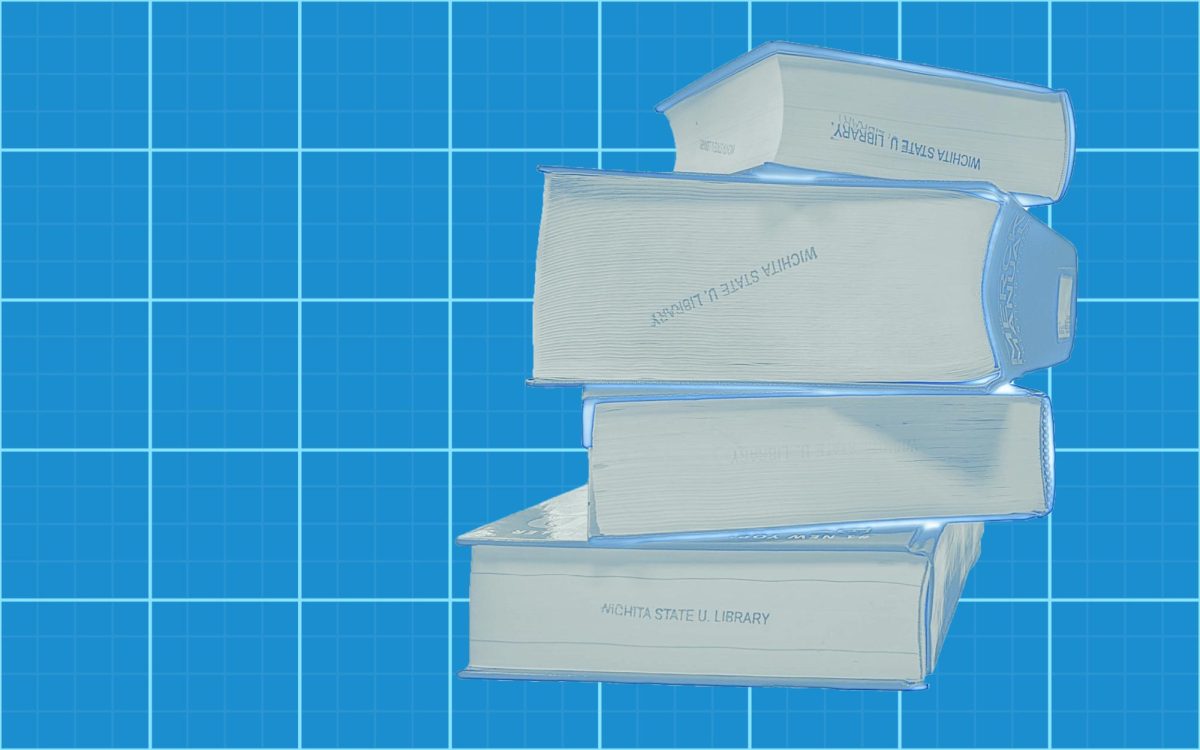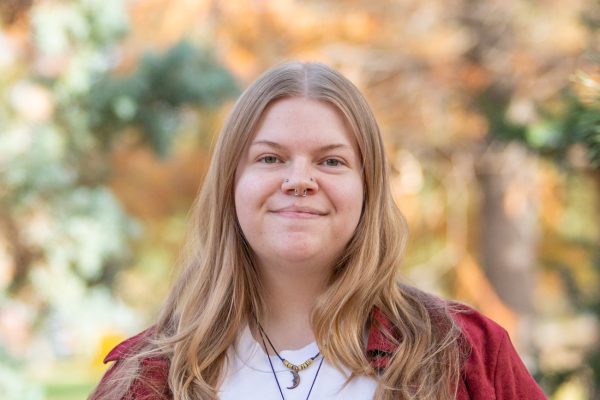Based on 2024 state testing scores, about 33% of Kansas third graders exhibit limited literacy skills. This is a significant jump from 2015, when only 20% of students fell into this margin.
To deplete this gap, Governor Laura Kelly signed the Kansas Blueprint for Literacy into law in April 2024. This plan provides funding to select universities, including Wichita State, ensuring teachers are trained to provide K-12 students with up-to-date reading instruction backed by the science of reading, a cumulative body of research illustrating how children learn to read. One year in, the plan is shaping how WSU instructs future teachers.
Additional research ignites change
Since 2000, when the National Reading Panel Report was released, the science of reading has been the primary source of literacy instruction for WSU’s School of Education, but it has evolved since its conception.
“Over the last two decades, the body of research has grown,” said Kimberly Wilson, professor and coordinator of the Master of Arts program for Teaching in Early Childhood and Elementary Education. “We have additional research, we have brain mapping and we have all of these additional sets of studies that really tell us these are the skills kids need to have to be successful readers.”
The term “structured literacy” is derived from this additional research and describes the intentional order in which literacy should be taught.
“It’s just been coined structured literacy because one of the very first principles is (that) it needs to be systematic and explicit,” Wilson said. “We need an order in which we’re going to introduce letters and sounds. We need a method by which we’re going to teach heart words (sight words, or simple words taught to children through memorization).”
In response to the Blueprint for Literacy, the College of Applied Studies at Wichita State is beginning a variety of new initiatives to support future teachers and beyond.
They are launching the Collaboration for Literacy Education, Advancement and Research (CLEAR) along with new professional development opportunities for in-service educators.
According to Wilson and Friend, the initiative provides solutions and accommodations for literacy-related issues under one centralized hub.
“The CLEAR initiative is a collaborative effort where there are more intentional partnerships with districts within our catchment area, not just (School District) 259,” Wilson said. “We love 259, but there are other districts within this catchment area that would benefit from this type of collaborative partnership.”
Updated training opportunities
Elementary education majors at WSU are already required to take courses that teach the science of reading, but CLEAR will provide supplementary resources to teachers who graduated before that standard was implemented, said Jennifer Friend, Dean of the College of Applied Studies.
This aspect of CLEAR aligns with the blueprint’s requirement that all elementary-certified teachers earn a “seal of literacy.” Having the seal of literacy, Friend said, confirms that teachers are knowledgeable about the science of reading and structured literacy.
“That demonstrates to the state of Kansas that we don’t have anybody who’s still out there in a classroom who is using outdated methods; things that we know are not effective in teaching reading,” Friend said.
CLEAR would also provide paraprofessionals with resources to learn about the science of reading.
“Some (paraprofessionals) have no advanced training; nothing beyond high school, besides perhaps, what their district may offer for para training,” Wilson said. “We’re offering a series of three, one-credit-hour courses at Wichita State to support paras and their work with struggling readers so that we can increase their content knowledge and their practice in using science-based pedagogy.”
Support outside the classroom
The second aspect of CLEAR focuses on direct services to individuals struggling with reading and their families.
“Right now, a family might have to go and pay $1,000 to get their child assessed to see whether they have dyslexia or to see what’s causing them to struggle as a reader,” Friend said.
WSU students will perform those assessments, getting an opportunity for paid applied learning.
“Sometimes with reading difficulties, there are some social-emotional components,” Wilson said. “The older a child gets, they know if they are not a strong reader, and it affects self-esteem; it affects self-efficacy. So in partnership with the (YMCA), there might be support for that.”
Blueprint funding
The College of Applied Studies is launching its first in-service educator course this summer and the CLEAR literacy initiative will launch once a Memorandum of Understanding (MOU) from the Kansas Board of Regents is signed. The future of these initiatives is uncertain though.
“My understanding is there’s a new set of legislators in Topeka this year who were not a part of the group that approved the funding last year, and so, Kansas Blueprint money has been taken out of the budget,” Wilson said.
In 2024, the Kansas Legislature allocated $10 million to the Kansas Board of Regents to carry out the Blueprint for Literacy this year. However, new Kansas legislators have stripped blueprint funding for the 2026 fiscal year, destabilizing the longevity of these programs.
“Those funds (from the previous year) have to be spent by June of 2026, which at that point, then it’s up to me to make sure we have funding for stuff to continue,” Wilson said.





